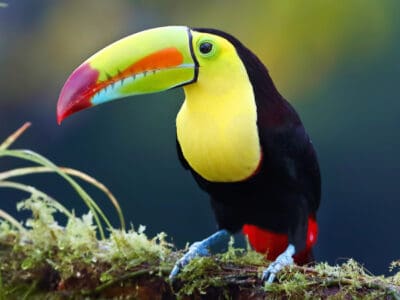A keel is a projection on the sternum made from bone that serves as an anchor for the wing muscles that allow birds to fly.
Summary
The keel is a bone extension runs perpendicular to the structure of the sternum and the ribs. The bony structure is necessary for birds to take flight, but not all birds with them can fly. The structure may also be referred to as the carina, a Latin word that means the same thing.
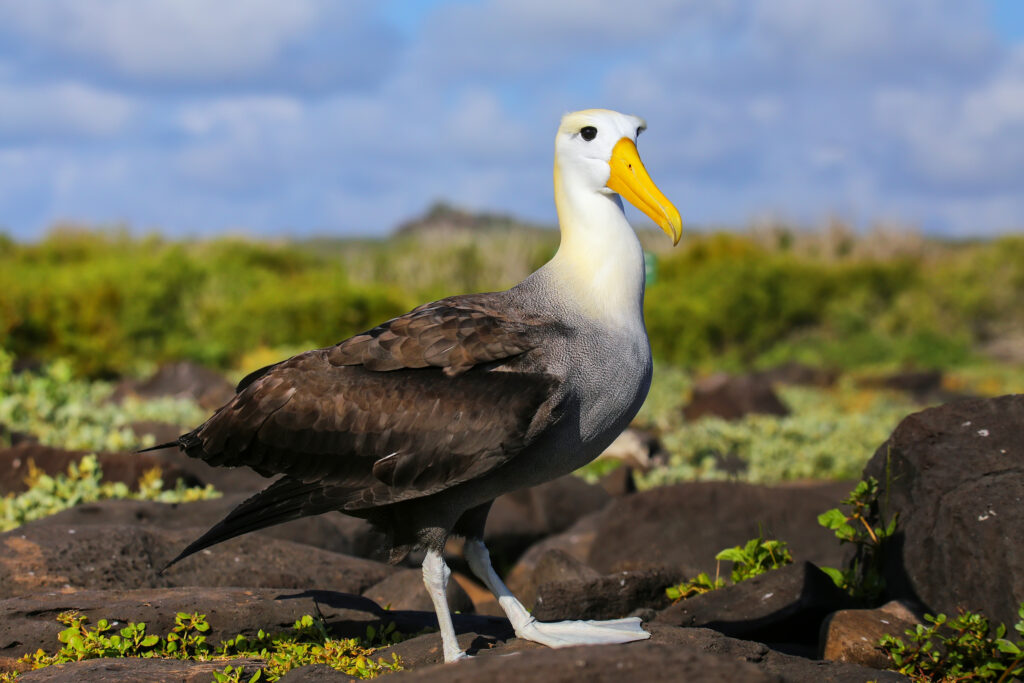
The keel is a prominent extension of the sternum.
©Don Mammoser/Shutterstock.com
Why Do Birds Have a Keel?
Birds have a keel to enable them to fly. The bird’s wing muscles attach to the bone allowing them to generate enough power to take flight and keep flapping to generate lift. The structure assists with generating power on both the upstroke and the downstroke during flight.
The size of a bird’s sternum and keel can vary depending on its type of flight. Birds that flap quickly, like hummingbirds, require a stronger sternal border. Meanwhile, birds with a prominent sternum structure are especially capable of using slower, more powerful flaps to stay aloft, like a wandering albatross.
Birds have evolved various morphologies that facilitate efficient flying.
What Muscles Attach to a Bird’s Keel?
Generally, the pectoralis and supracoracoideus muscles attach to the keel and make it possible for birds to fly. Birds need an upstroke and a downstroke to flap their wings and take flight. Yet, two separate muscles are needed to accomplish this task.
Birds can lift their wings into an upstroke when the supracoracoideus contracts. This unique muscle, through its associated tendon, connects at the top of the bird’s humerus bone. That allows birds to pull their wings up, so the muscle contraction works opposite that of the pectoralis muscle.
Typically, the pectoralis muscle is much larger than the supracoracoideus muscle. When the powerful pectoralis muscle contracts, it causes the wing to move into the downstroke position, letting the bird push downward and propel itself upward. Together, these two muscles attached at the keel allow birds to fly.
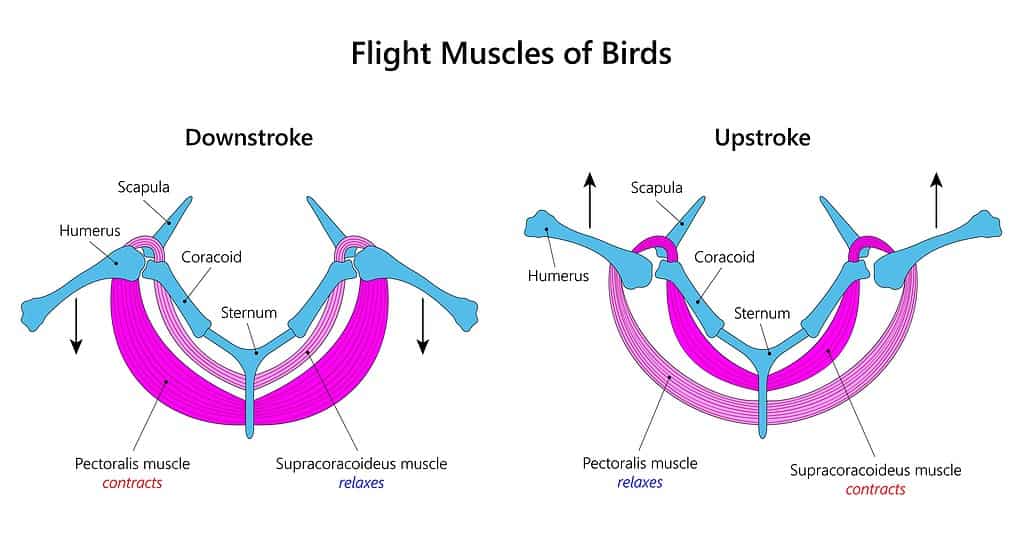
The keel is where a bird’s powerful flight muscles attach.
©A Step BioMed/Shutterstock.com
What Birds Have a Keel?
All birds that take flight have a keel. That includes eagles, parrots, owls, toucans, and many others. However, some flightless birds have a keel but cannot fly. For example, penguins have the bone but their small wings relative to their body size do not allow them to take flight.
Many flightless birds lack a keel. For example, ostriches and cassowaries do not have a sternum with that structure. Instead, they possess a ratite sternum. Ratite is the Latin word for a raft. The implication is that, unlike a keeled ship, a raft has a flat bottom similar to the sterna of flightless birds.
Do Flightless Birds Have a Keel?
Yes, some flightless birds have keels. Penguins have them even though they do not fly. However, they use similar muscles in their modified wings to propel them through the water. Penguins’ sternal morphology is very different from other flightless birds that use running as their primary form of locomotion.
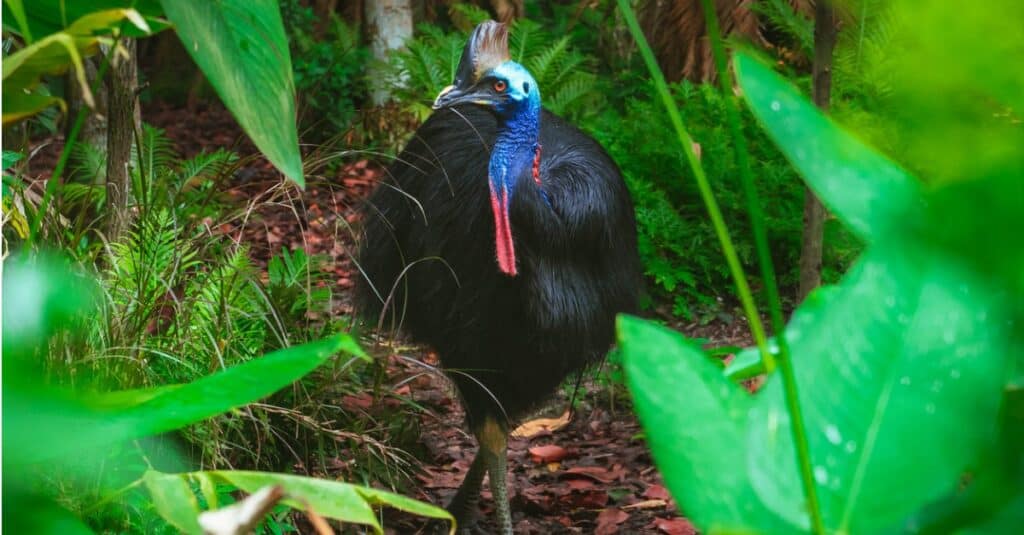
The cassowary is a flightless bird without a keel on its sternum.
©iStock.com/Henry Soon
Is the Keel Made from Bone?
Yes, the keel is a bone structure that acts as an extension of the sternum. The bone is a thin, flat, bone that extends up and down the midline of the bird, starting at the chest and often running downward toward the stomach area.
Can You Feel a Bird’s Keel?
Yes, it’s possible to feel a bird’s keel when holding it. In fact, people that own pet birds will often it as a means of determining whether or not a bird is healthy.
If the bird has a keel that greatly protrudes and has an edge to it, then the bird could be underweight. Conversely, if the bone is hardly noticeable and the only indication of its presence is a groove where the bone should be, then the bird is probably overweight.
People that take care of birds are very aware of this bone and its use in gauging their health. Still, the protuberance of a keel should not be the sole criterion used to judge a bird’s health.
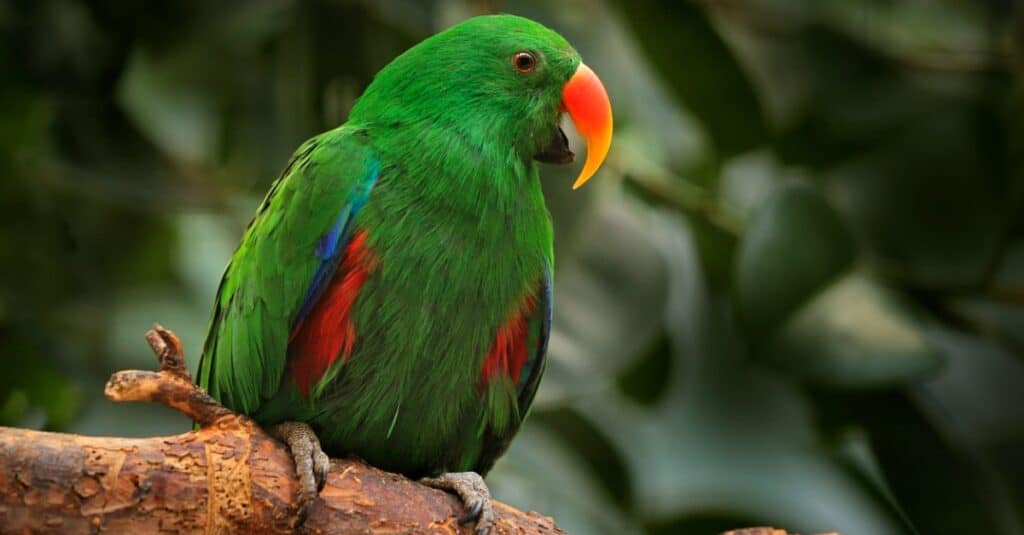
People may have trouble feeling a bird’s keel if it is overweight.
©iStock.com/Ondrej Prosicky
Etymology of Keel
The term keel arises from a Scandinavian word used to describe the “lowest and principal timber of a ship or boat.” The word is still used in this way in the modern day. Carina is a word in Latin that also means keel. The term is used in the same fashion to describe the ridge on a bird’s sternum.
While the application of the term may seem unusual at first, looking at a bird’s anatomy shows that it’s apt. In a duck, the bird’s body resembles a boat in the water. Their neck and head are held aloft, but the chest portion is facing down into the water. The placement of the anatomical structure called a keel or a carina would be the same as a structure on a boat.
After all, the structure is a perpendicular protrusion from the main body of a boat into the water that promotes stability and control. The same can be said of the anatomical keel of a bird that is floating in the water.



